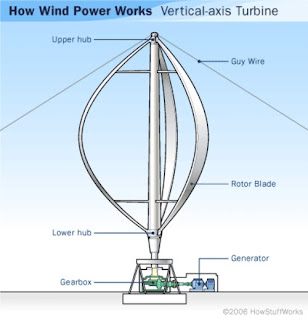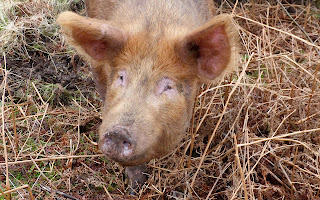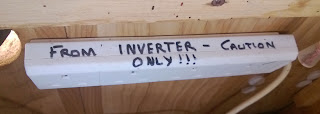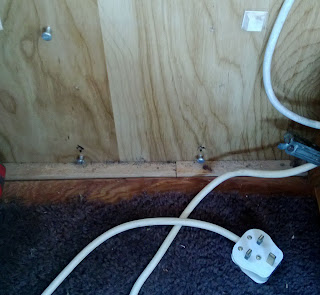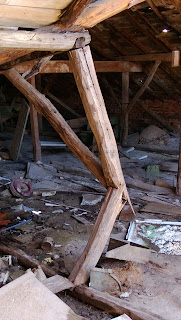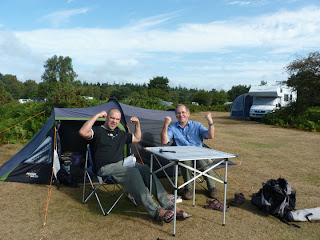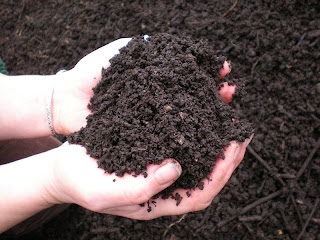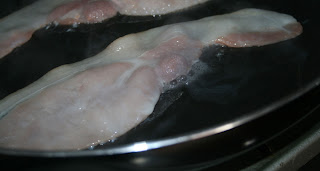As you will know if you have read this blog from the start (you poor demented fool you) the original germ of emigration came from the enjoyment I found while growing food in my back garden. The whole idea was to be able to grow food and support myself from the soil. This is still the case but, interestingly for me, I think that this will be one of the more difficult parts of my challenge.
The biggest issue I will have is the land which I have bought is in large parts not great for growing on; it seems to be quite shallow and rocky across the upper part of the land. You may ask why I settled for less than perfect growing land, if that was my original idea, and I will answer that through this blog.
When I first arrive I will have the house as my priority; I will need to make a warm dry and livable in winter apartment first. Because of this I will not be focusing very much energy on the garden but I will be doing a few things to improve the land and be of use when I start growing properly. The biggest of these is humanure which I discuss in another blog post. I will be starting this off immediately and the first year will see a lot of compost being laid up and maturing.
So, other than collecting shit, what do I plan on attempting immediately? There are a couple of interesting techniques which I hope to put in play relatively immediately. The first of which is Hugelkulture.
 |
| A cartoon of Hugelkulture |
If you want to know more I highly recommend this website which has lots of information on Hugelkulture.
 |
| A simple Straw Bale Garden |
Finally and even simpler is Lasagne Gardening, which involves laying down layers of "brown" and "green" compostable materials on the area you wish to grow, without digging, and relying on the action of worms and other animals to draw the material and goodness into the ground. Rather than repeat, here's a good page to start your research on.
It is probably obvious the strategy behind my selection of these simple techniques. They all involve raised beds in one way or another and all add nutrients to the soil. They are all, also, relatively easy to set up and maintain and don't require days and days of digging and turning like a technique such as the Deep Bed method requires.
I have taken a lot of inspiration from a fantastic pamphlet I was recommended by a drunk skinhead in a pub once (yes, seriously) called the One Straw Revolution. In this he advocates a form of agriculture which attempts to work with the region you are farming rather than imposing our will on the land. If there is one book you buy this week, buy this one. I am taking a lot of hints out of his writings but the one I want to focus on here is the use of alternative crops to improve the land quality (which, as I have said, is top of my list) for example planting a winter mulch crop which you will just dig in such as clover. The biggest "oh yeah!" idea though was the use of crops such as beets which send down roots many metres into the ground and break the soil up. I aim to make use of this technique to assist me in preparing ground for more traditional growing methods.
 |
| A Beetroot - look at those lovely root systems |
I am more than half way through reading John Seymour's The New Self-Sufficient Gardener which is fascinating, though he is obviously writing for a Temperate, not Mediterranean, climate. He is also addicted to the labour intensive (and not suitable at first stage) Double Dig method. His hints and tips regarding crops, how to grow them, how to force them, what they like and don't like, however, are excellent.
Secondly, and I've not yet started reading this one but it was suggested in glowing terms by a number of people, is "Your Kitchen Garden". I was lucky to pick a hard back copy up off amazon for about £3 and I am very much looking forward to reading it. It bills itself as being a book of recipes and growing tips. So you can use it to both plan your garden, and plan your menu.
Well, that is all for this swift overview. I hope I have informed / inspired / intrigued you. And, as always, please do not hesitate to put your comments below. I do reply to them, even if Blogger doesn't let you know, so it's good to check back after a day or so to see if I have.
EDIT : I have done a little more research since doing this and have discovered Key Hole Gardening which looks to have an excellent potential for utility in my situation. I would be able to start it off very simply and the surrounding wall rises to contain the material inside. So you get the benefit of the raised beds, but in a more organic way. This is an excellent starter link to see pictures and understand more what I am talking about.








